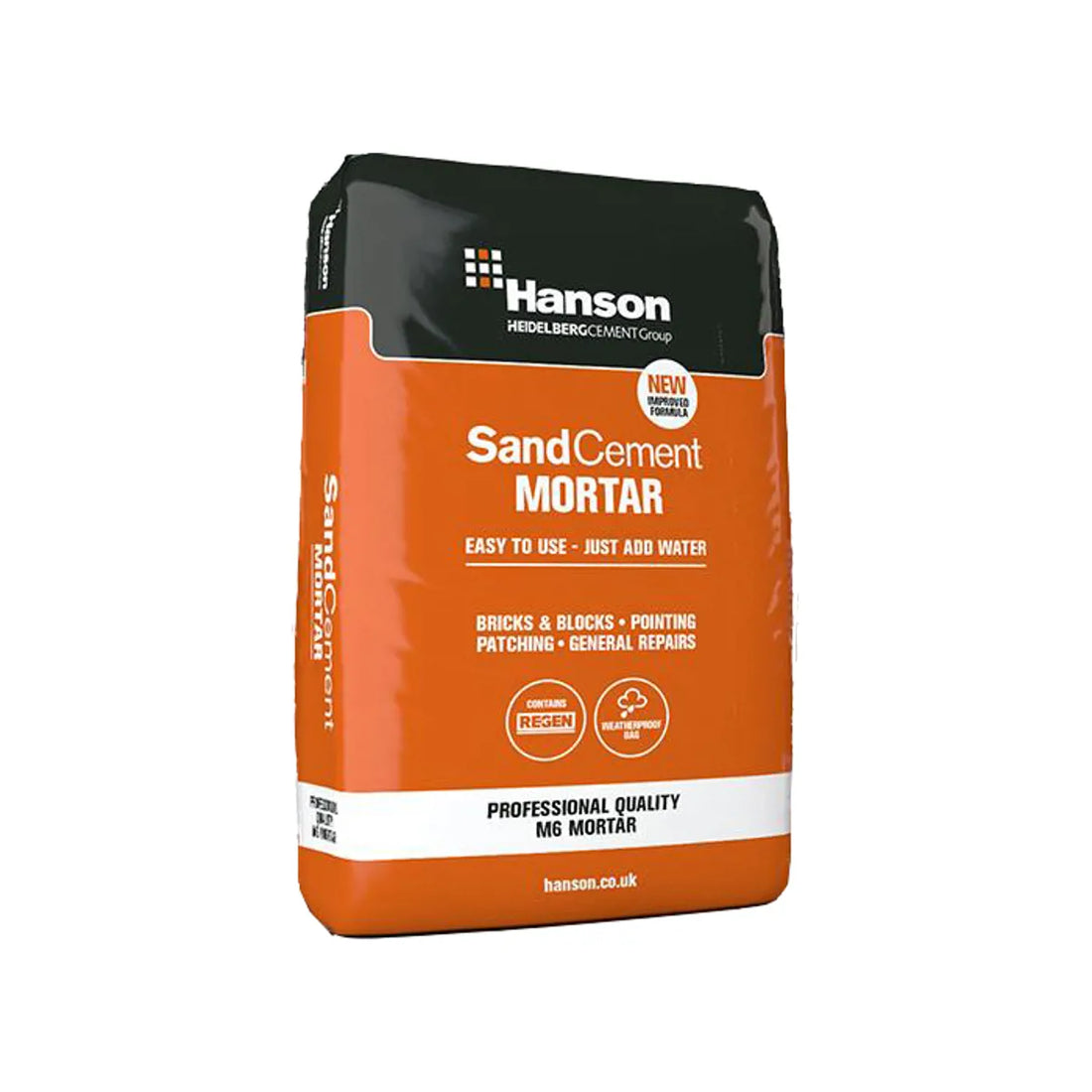Introduction: The Appeal of the Seamless Look
Brick slips have become a popular design feature for both interiors and exteriors — offering the timeless beauty of brickwork without the weight or complexity of full bricks. One question that often arises during installation is:
“Can you install brick slips without leaving a gap for mortar?”
The short answer? Yes, it’s possible — but whether you should depends on the look you want to achieve and the conditions of your project. Let’s explore how a mortarless installation works, its pros and cons, and what experts recommend.
Mortar Gaps: What They Do and Why They Matter
Traditionally, brick slips are installed with small joints (typically 8–10mm) filled with mortar. These gaps aren’t just aesthetic; they serve several important purposes:
-
Structural Flexibility: Mortar joints help accommodate minor movement in walls and surfaces, reducing the risk of cracking.
-
Water Resistance: For exterior applications, mortar helps seal gaps and prevent water penetration.
-
Classic Aesthetic: Mortar lines create depth and texture, replicating the look of traditional brickwork.
However, in recent years, modern minimalist design trends have encouraged a cleaner, “jointless” brick finish — leading many to ask if those gaps are really necessary.
Installing Brick Slips Without Mortar Gaps
Yes, you can install brick slips without leaving a mortar joint, especially in interior projects. This method is often called a tight-joint or butt-joint installation.
Instead of spacing the slips, they’re placed flush against one another — creating a smooth, seamless wall surface. This can work particularly well in contemporary spaces where designers want the natural variation of brick color and texture to stand out, without the visual interruption of mortar lines.
To achieve the best results:
-
Ensure the wall surface is perfectly flat and prepared with a suitable adhesive.
-
Use a high-bond strength tile adhesive designed for heavy wall coverings.
-
Carefully align each slip to maintain consistent lines.
-
Consider sealing the surface to protect against moisture or dust buildup in the joints.
The Pros and Cons of a Mortarless Finish
✅ Advantages:
-
Clean, modern, and minimalist aesthetic
-
Faster installation (no pointing required)
-
Easier to maintain indoors — no crumbling mortar
❌ Disadvantages:
-
Less flexibility — may show small alignment errors
-
Not suitable for external walls due to weather exposure
-
Can highlight uneven cuts or surfaces
In short, the mortarless method works best for indoor decorative walls, fireplaces, or feature panels where exposure to the elements and movement is minimal.
Expert Recommendation
While mortarless brick slip installations are stylish and achievable, most professionals still recommend leaving at least a 3–5mm micro-joint — even if you plan to fill it with a matching grout or leave it unfilled. This approach maintains a cleaner look while offering a bit of flexibility and protection.
For outdoor projects or high-moisture areas (like kitchens or bathrooms), always include mortar joints to ensure durability and weather resistance.
Conclusion: It’s All About Balance
You can install red brick slips without mortar joints — and for the right project, it can look stunning. But the key is balance: consider the environment, the surface, and the style you’re aiming for.
A tight-joint installation offers a sleek, modern aesthetic, while traditional mortared joints provide longevity and authenticity. Whichever you choose, brick slips remain a versatile, timeless design option that bridges old-world charm with modern innovation.

